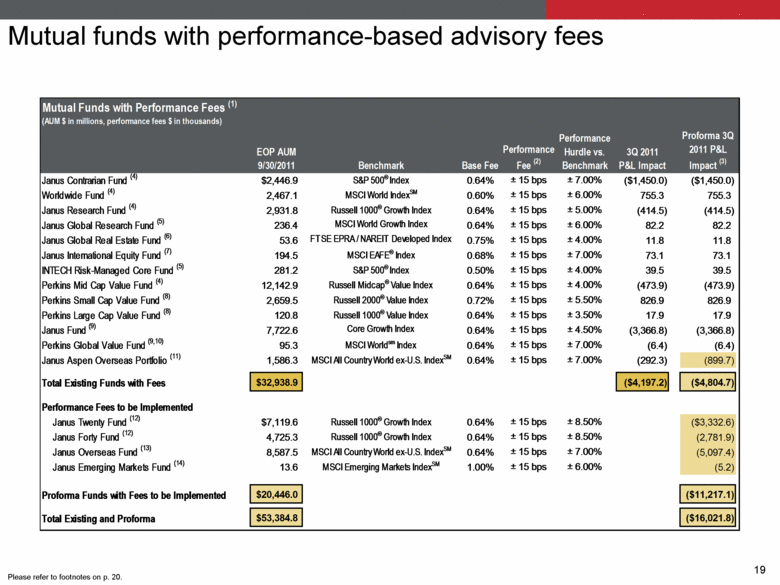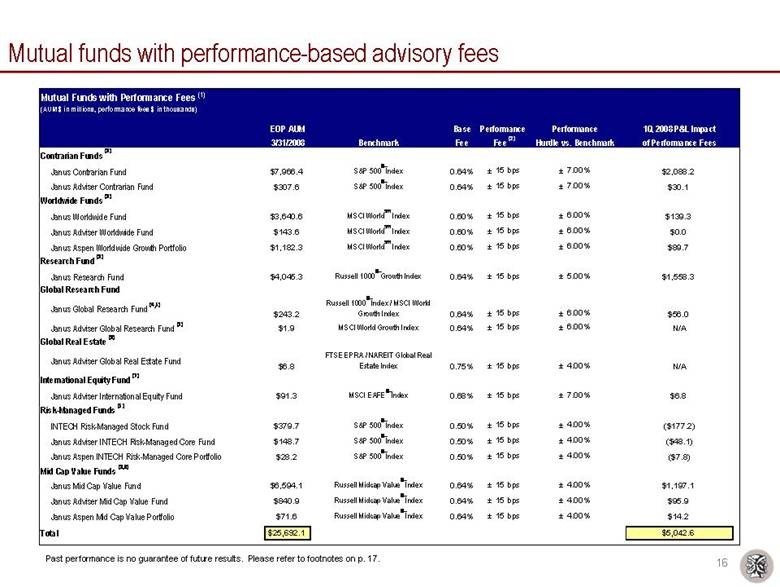Understanding Mutual Fund Fees_1
Post on: 29 Март, 2015 No Comment

Understanding mutual fund fees should be a top priority for all investors because these fees have a direct-and potentially significant-effect on your overall investment returns. The higher the mutual fund fees you pay, the lower your net gains will be over time. It’s that simple.
Mutual fund companies impose fees for a variety of reasons. For example, these fees can generate money to pay for a fund’s operating expenses, to compensate fund managers and to finance the company’s sales and marketing initiatives. These fees are so important that some investors view them as a key indicator of a fund company’s competitiveness.
So no matter how attractive a mutual fund may seem, don’t finalize your investment decision until you’ve had an opportunity to assess all of the fees associated with that particular investment.
Front-end, back-end and no-load funds
Mutual funds that charge sales fees, also known as loads, can be divided into one of three categories: front-end loads, back-end loads and no-loads.
- Front-end mutual fund fees are imposed when you buy shares. In other words, if you were to invest $10,000 in a fund with a 2% front-end load, you would be required to pay $200 in sales fees at the same time you invest the $10,000.
- Back-end mutual fund fees are imposed when you sell shares of a fund. Many companies reduce their back-end mutual fund fees gradually over time, depending on how long you own the shares. For example, if you sell your shares after four years, you may need to pay a 2% back-end load. But if you sell after five years, the fee may drop to 1%. (This example is hypothetical and not representative of any specific mutual fund or mutual fund fees.)
- No-load mutual funds do not charge fees for the purchase or sale of fund shares.
Another type of mutual fund fee to look for is the 12b-1 fee. Mutual funds impose 12b-1 fees to help offset the costs of marketing. 12b-1 fees are limited to 1% of your annual investments.

A class act?
When evaluating mutual fund fees, it’s important to keep in mind that a single fund may offer investors the choice of several different fee structures. Different fee structures for a single fund are usually categorized according to the class of the mutual fund shares you purchase.
For example, Class A shares typically impose a front-end load, according to the non-profit Investment Company Institute. Class B shares, on the other hand, usually charge back-end loads. And, as a rule of thumb, Class C shares impose relatively high 12b-1 fees, but no front- or back-end sales fees.
Mutual fund fee facts: Style matters
Mutual fund fees are often influenced by fund investment styles. Generally speaking, actively managed funds charge higher fees than passively managed funds.
Actively managed funds are run by financial professionals who actively seek out the best investment opportunities on a regular basis. On any given day, those managers may opt to buy and sell a number of different investments within the fund’s portfolio. Passively managed funds require much less intensive day-to-day management because the investments they own mirror those of a particular stock market index, such as the S&P 500 or Dow Jones Industrial Average. The financial professionals in charge of passively managed funds usually buy and sell securities only after one company is dropped from the index and replaced with another. In that case, a passively managed fund would sell the stock that has been replaced and use the proceeds to purchase shares of the index’s new company.
Therefore, actively managed funds usually charge higher mutual fund fees because they must hire more professionals, conduct more research, and make more transactions on a daily basis than passively managed funds.
More on mutual fund fees
The specific investments you choose to add to your portfolio should charge the type of mutual fund fees that best complement your financial timeframe and priorities. For example, Class B shares charging back-end loads that phase out after a number of years might make sense if you plan to hold the shares for a long period of time.
While you should be wary of excessive mutual fund fees, you shouldn’t necessarily view all mutual fund fees in a negative light. After all, the main benefit of mutual funds is their ability to provide you with access to a well-diversified, professionally managed portfolio of investments. By paying mutual fund fees, you’re providing money to make that possible.














